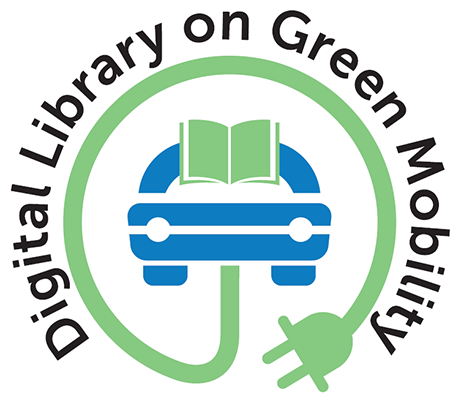Modelling Electric Vehicle Charging Network Capacity and Performance During Short-Notice Evacuations
Publication Year: 2021
Author(s): MacDonald CD, Kattan L, Layzell D
Abstract:
Mass evacuations are difficult situations to manage. There are many uncertainties and potential problems that might arise during evacuations. While electric vehicles (EVs) provide many benefits to society, mass evacuations may be one place where they are currently more of a liability than an advantage. EVs may add new challenges during mass evacuations. Understanding the magnitude of the impacts EVs may have during the pre-departure stage of mass evacuations is an essential first step when planning for mass evacuations in a future where EVs are more common. In this paper, a generalized framework based on a G/G/c/N queueing model (general arrival process, general service process, c charging stations, and N EVs) was developed to estimate the number of vehicles that can be charged in the pre-departure evacuation stage and thus assess the pre-departure impacts. The model outputs are the number of vehicles that have or have not been served during the evacuation period, as well as average queue times and maximum queue lengths. This model is tested using the current electric vehicle fleet and charging infrastructure of Prince George, British Columbia, as a case study with a hypothetical short notice forest fire scenario. It was found that for the present-day case of Prince George, there is not enough charging network capacity to service all vehicles before departure. Increasing the number of charging stations, providing earlier evacuation notices, and ensuring a balanced makeup of level 3 fast-charging of different types were all found to be effective in increasing the number of EVs that received adequate charging before departure. Incorporating electric vehicle charging into emergency evacuation planning in the same way that traditional vehicle refuelling is now would go a long way toward minimising this issue.
Source of Publication: International Journal of Disaster Risk Reduction
Vol/Issue: 56, 102093: 1-16p.
DOI No.: 10.1016/j.ijdrr.2021.102093
Country: Canada
Publisher/Organisation: Elsevier Ltd.
Rights: CC BY license (http://creativecommons.org/licenses/by/4.0/)
Theme: Vehicle Technology | Subtheme: Electric vehicles
Related Documents
Reports
Accelerating the EVolution
Published Year: 2020
Abstract:
This report examines five critical challenges that must be overcome to accelerate the pace of... Read More
Reports
Exploring Cost-reduction Strategies for Electric Vehicle (EV) Batteries
Published Year: 2019
Abstract:
Electric Vehicles (EVs) are viewed as a solution to several problems: reducing emission of gre... Read More
Opinions/Videos
Upping the electric mobility game for a clean, green, and responsible India
Published Year: 2019
Abstract:
In a bold and far-reaching move, India’s electric vehicle goals are set to flourish as N... Read More



